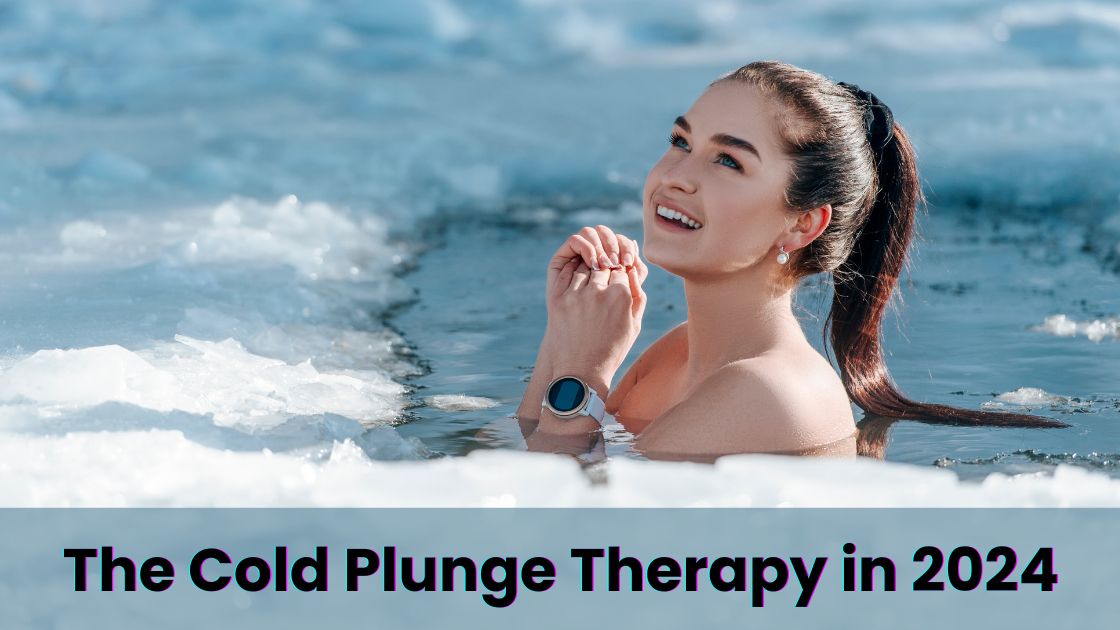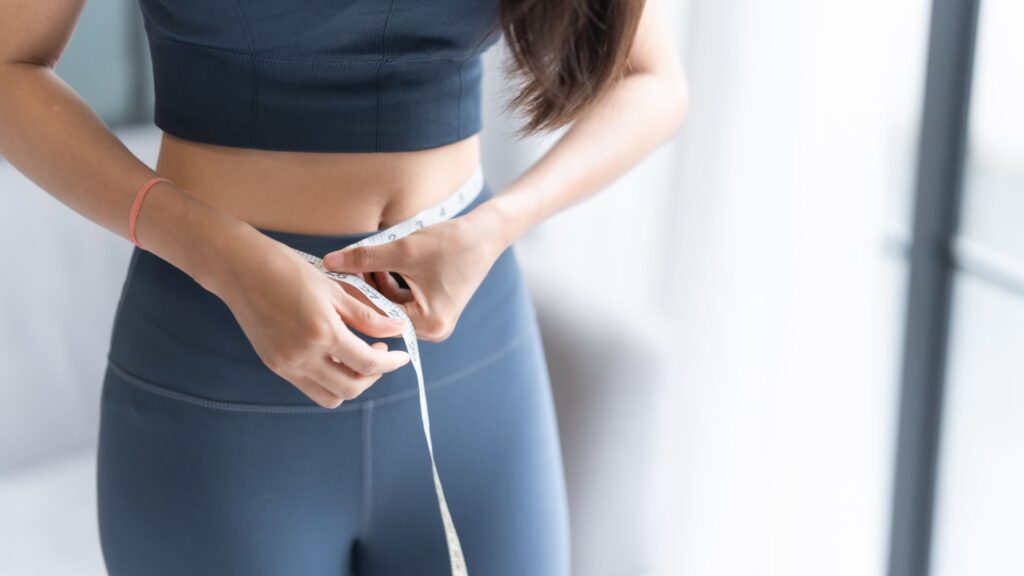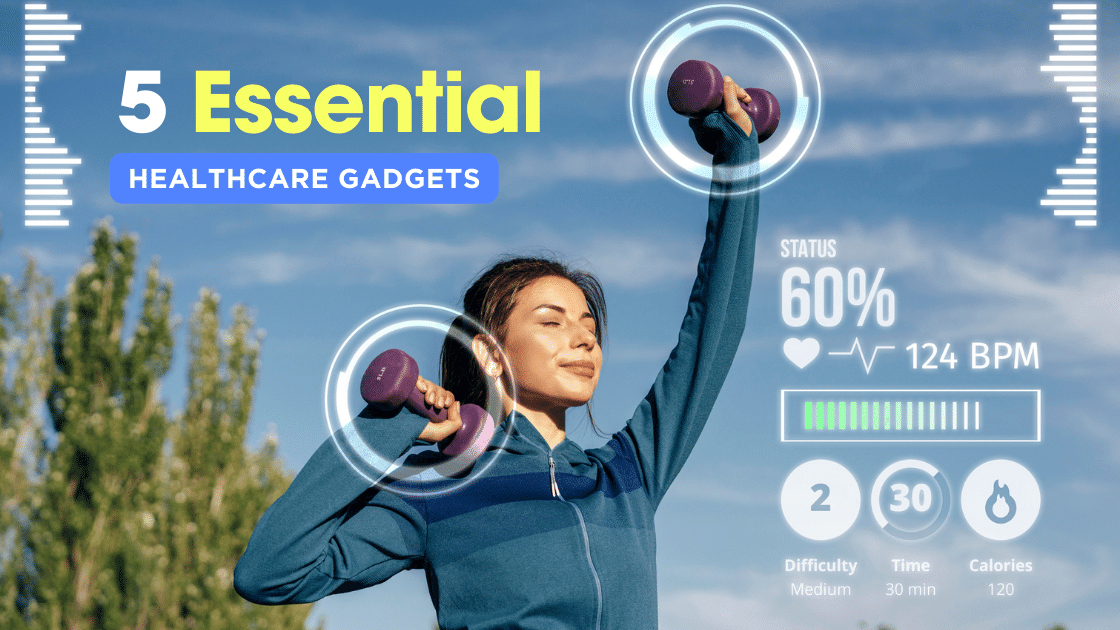The Cold Plunge Therapy in 2024 – Ultimate Guide

Cold plunge therapy, also known as cold water immersion, has become increasingly popular among athletes and health enthusiasts. This wellness trend involves immersing the body in ice-cold water, typically ranging from 10-15°C (50-60°F). The practice has a long history and is supported by both personal experiences and new research.
Cold plunge therapy offers a range of potential health benefits, including:
- Enhanced physical recovery
- Improved mental well-being
- Better skin health
This guide will provide you with an in-depth exploration of cold plunge therapy, covering:
- The science behind its physiological effects
- Practical tips for incorporating it into your routine
- Insights into future trends within this wellness practice
By the end of this guide, you will have a comprehensive understanding of how cold plunge therapy can enhance your overall health and performance. Whether you are an athlete seeking recovery methods or someone looking to boost mental resilience, this guide aims to equip you with the knowledge to make informed choices about your wellness journey.
The Science Behind Cold Plunge Therapy
Cold plunge therapy triggers several physical reactions that are key to understanding its benefits. When you immerse yourself in cold water, your body goes through:
1. Blood Vessel Narrowing (Vasoconstriction)
Your blood vessels tighten up in response to the cold. This helps slow down blood flow to your arms and legs, keeping your core warm and protecting vital organs. Once you warm up again, your blood vessels widen (vasodilation), boosting blood flow and nutrient delivery to your muscles and tissues.
2. Hormone Release
Cold immersion causes your body to release hormones like norepinephrine and endorphins. Norepinephrine acts as a natural mood booster, improving focus and mental clarity. Endorphins make you feel good, giving you a sense of happiness after being in the cold.
One interesting effect of cold exposure is how it affects brown fat, also known as “good fat.” Brown fat is important for generating heat in the body.
3. Activation of Brown Fat
When you take a cold plunge, it can activate brown fat, which may help speed up your metabolism and burn more calories. This could be beneficial for managing weight and increasing energy expenditure.
Understanding these scientific processes behind cold plunge therapy helps you see its overall impact on both physical and mental well-being.
Health Benefits Supported by Research
Cold plunge therapy has been the subject of various scientific studies that highlight its potential benefits for both physical and mental health.
1. Muscle Soreness Reduction
Research has shown that cold water immersion can significantly reduce muscle soreness post-exercise. A study published in the Journal of Sports Medicine indicated that athletes who engaged in cold plunge therapy experienced faster recovery times and reduced levels of delayed onset muscle soreness (DOMS). The physiological response, including vasoconstriction, helps diminish inflammation and promote faster healing.
2. Stress Reduction and Mood Enhancement
Cold exposure can play a critical role in managing stress and anxiety. A review in the International Journal of Environmental Research and Public Health noted that cold water immersion increases endorphin levels while decreasing cortisol, the stress hormone. This hormonal shift may contribute to improved mood, resilience against stressors, and enhanced overall mental well-being.
3. Improved Circulation
Engaging in cold plunges can boost circulation. The abrupt temperature change triggers blood vessels to constrict, followed by a dilation phase as the body warms up again. This process enhances blood flow, delivering oxygen and nutrients more efficiently throughout the body, further supporting recovery and health.
The compelling evidence points to significant advantages associated with incorporating cold plunge therapy into your wellness routine.
Best Practices for Safe and Effective Cold Plunge Therapy
1. Start Slow
Gradual exposure is essential when beginning cold plunge therapy. This approach allows your body to adapt to the shock of cold temperatures, minimizing the risk of adverse effects. Consider starting with shorter immersion times, gradually increasing duration as your tolerance builds.
2. Try the Wim Hof Method
This popular breathing technique can significantly enhance your ability to withstand cold temperatures. The method involves controlled breathing exercises that help regulate your body’s response to stress, thereby improving your comfort during cold exposure. Practicing the Wim Hof Method before plunging can prepare both your mind and body for the experience.
3. Listen to Your Body
Pay attention to how you feel during each session. If you experience extreme discomfort or signs of hypothermia (e.g., shivering, confusion), exit the cold water immediately.
4. Warm-Up Afterwards
After completing your session, warm up gradually. Use a warm shower or wrap yourself in blankets to restore body temperature without shocking your system further.
Incorporating these best practices will maximize the benefits of cold plunge therapy while ensuring a safer experience.
Integrating Cold Plunge Therapy into Your Wellness Routine
Combining cold plunge therapy with your exercise routine can significantly enhance post-workout recovery. The physiological responses triggered by cold immersion, such as reduced inflammation and improved circulation, support faster muscle recovery after intense workouts. Here’s how you can integrate cold plunges effectively:
- Post-Exercise Plunge: Immerse yourself in cold water immediately after workouts to alleviate soreness and enhance recovery. Aim for 10-15 minutes to reap the benefits.
- Enhanced Endurance: Regularly incorporating cold plunges may improve your endurance levels over time, allowing you to train harder and recover faster.
In addition to direct post-workout benefits, combining sauna therapy with cold plunges creates a powerful detoxification strategy. This practice, often referred to as contrast therapy, involves alternating between hot sauna sessions and cold plunges. The synergistic effects include:
- Improved Blood Circulation: Heat from the sauna dilates blood vessels, while the cold plunge constricts them. This cycle boosts nutrient delivery and waste removal.
- Enhanced Relaxation: Alternating temperatures can lead to deeper relaxation, reducing stress and enhancing overall well-being.
Integrating these methods into your wellness routine not only optimizes physical recovery but also promotes mental clarity and resilience.
Also Read: What is Ice Bath: Health Benefits of Cold Therapy
Tools for Cold Plunge Therapy at Home
Practicing cold plunge therapy at home can be both accessible and effective. Consider the following tools:
- Plunge Tubs: Designed specifically for cold immersion, these tubs maintain low temperatures and are often insulated to enhance your experience. They come in various sizes and styles to fit different spaces.
- Ice Baths: A more traditional method involves filling a standard bathtub with ice and water. This option provides flexibility in terms of temperature control.
- Portable Cold Pool Systems: These systems allow you to set up a cold plunge anywhere, featuring built-in chillers for optimal temperature maintenance.
Selecting the right tool depends on your preferences, space, and budget.
Future Trends in Cold Plunge Therapy for 2024 and Beyond
- Wearable Devices: Advanced wearable devices are set to transform cold plunge therapy. These gadgets can track body temperature and physiological responses, allowing users to tailor their cold immersion sessions. Precise temperature control ensures more effective training and recovery, maximizing the benefits of each plunge.
- Yoga Integration: There’s a rising trend of combining cold plunge therapy with other wellness practices, especially yoga. People are incorporating cold plunges into their routines to boost physical and mental well-being. This holistic approach not only aids muscle recovery but also fosters mindfulness and stress reduction. The combination of warm yoga sessions followed by cold immersion creates a unique balance that can enhance both relaxation and revitalization.
These emerging trends show a growing understanding of wellness practices. As technology evolves and integrative methods become more popular, the potential for personalized cold plunge experiences will likely increase, catering to individual health goals and preferences.
Conclusion
Exploring Cold Plunge Therapy can offer a variety of benefits, including:
- Enhanced physical recovery
- Improved mental well-being
- Better skin health
It’s important to remember that everyone’s body is different, so personalized approaches are essential. Before starting cold plunge therapy, consider any contraindications or existing health conditions you may have. Engaging with healthcare providers ensures safety and maximizes the effectiveness of this wellness practice.
Embrace the potential of cold plunge therapy as part of your routine, but do so with awareness and preparation. Your journey toward better health can be supported by informed decisions and professional guidance.
FAQs
What is cold plunge therapy?
Cold plunge therapy involves immersing the body in cold water, typically after exercise, to enhance physical recovery, improve mental well-being, and promote better skin health. Its popularity has surged among athletes and health enthusiasts due to its potential health benefits.
How does cold plunge therapy affect the body physiologically?
Cold immersion triggers several physiological responses, including vasoconstriction and hormonal release. It also activates brown adipose tissue, which may have a positive impact on metabolism.
What are the key health benefits of cold plunge therapy supported by research?
Research highlights several benefits of cold plunge therapy, including reduction in muscle soreness post-exercise, stress reduction, improved circulation, and enhanced mood through the management of anxiety levels.
What are some best practices for safe and effective cold plunge therapy?
It is recommended to start with gradual exposure to cold water to allow your body to adapt. Incorporating techniques like the Wim Hof Method can enhance tolerance to cold temperatures and improve the overall experience.
How can I integrate cold plunge therapy into my wellness routine?
Cold plunge therapy can be effectively integrated into your routine by using it for post-workout recovery. Additionally, alternating between sauna sessions and cold plunges can provide synergistic detoxification benefits.
What tools are available for practicing cold plunge therapy at home?
For home practice, various tools such as plunge tubs and ice baths are available. These tools facilitate effective cold immersion experiences in a convenient setting.








